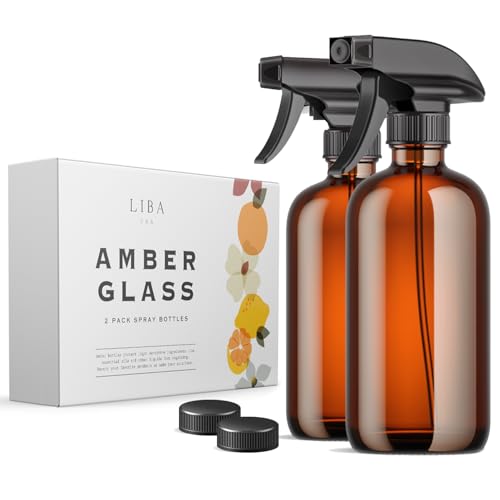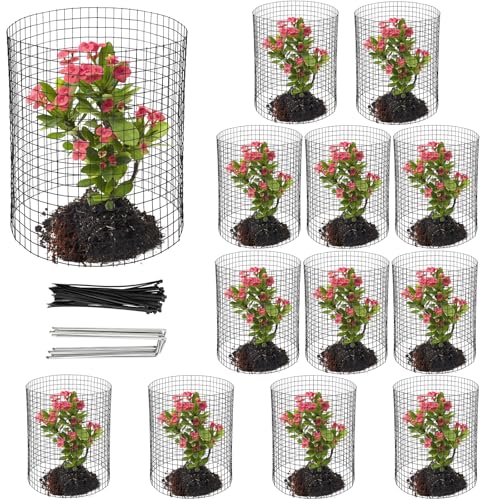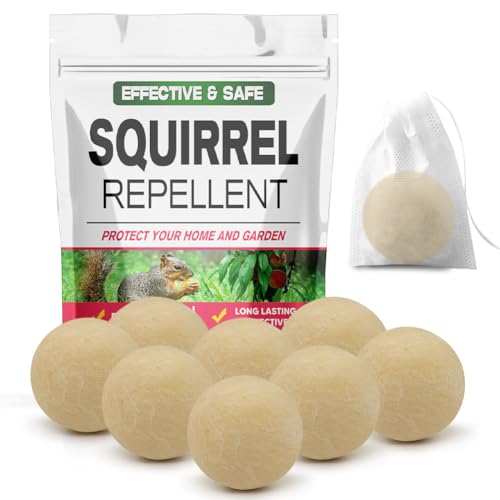The secret to stopping squirrels from destroying your yard is hiding in your kitchen pantry – and I know exactly how to use it
Garlic is a powerful natural defence against squirrels and other garden pests
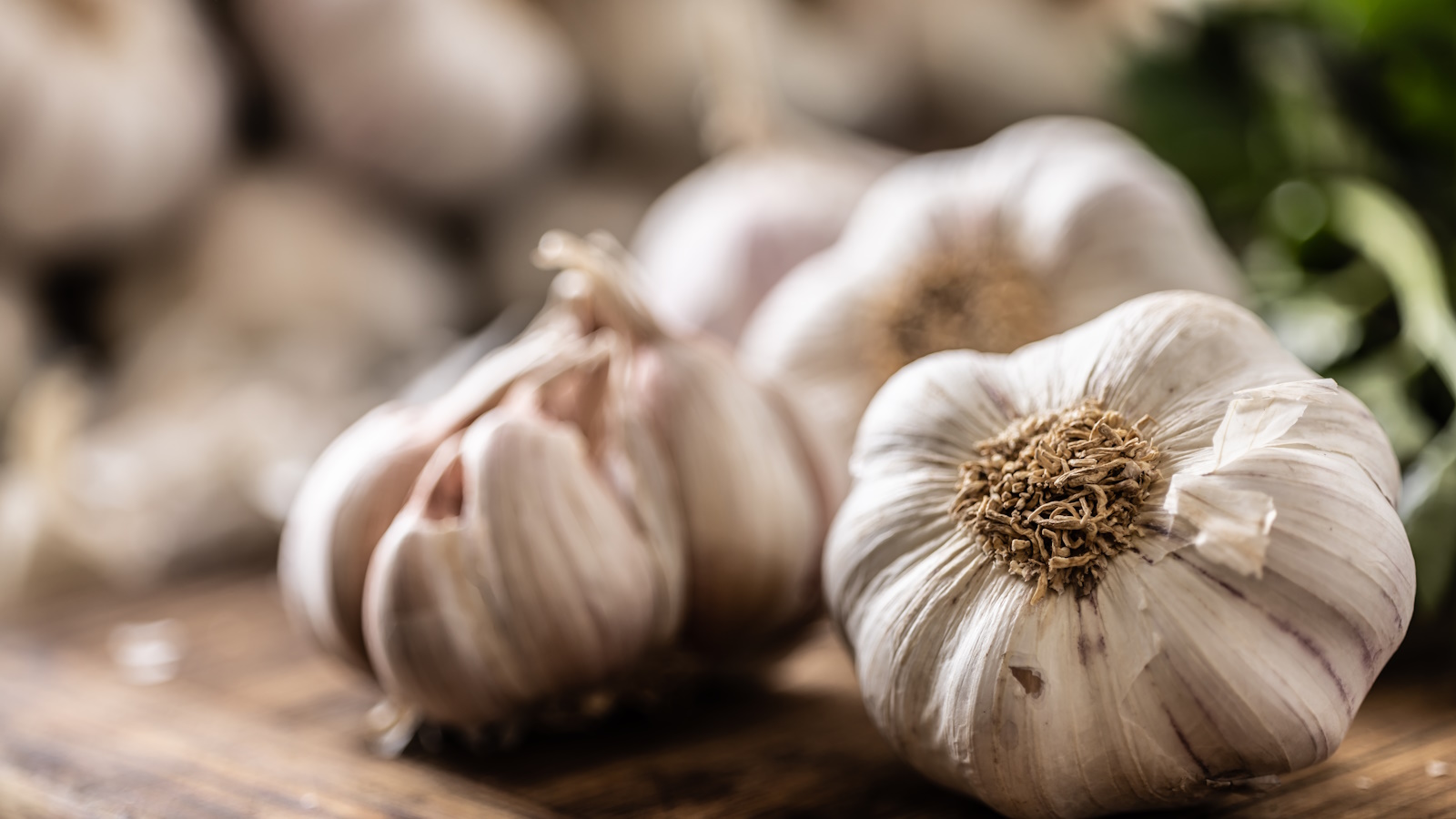

I am in perpetual pursuit of natural and wildlife-safe ways to keep my soft fruits and cut flower beds pest free. I actively encourage a rich ecosystem in my yard, with wild areas, a pond and mature trees that are home to copious birds, bats, frogs, bees, butterflies and insects a plenty – natural pest control and predators in abundance. And yes, it is home to several gray squirrels, too.
I love watching them running up the trees and flying from branch to branch, but when I see them digging up bulbs or helping themselves to my raspberries, despite my best efforts to net them, it is exasperating.
I don’t want to get rid of squirrels permanently, just to protect the flowers and fruits I’ve spent so long nurturing and growing this year. So, I have turned to a new solution and it is working: garlic. It is potent, and because I also grow it in the veg beds, it's free. Here, I share everything I know about using garlic to repel squirrels.
Why garlic works as a squirrel deterrent
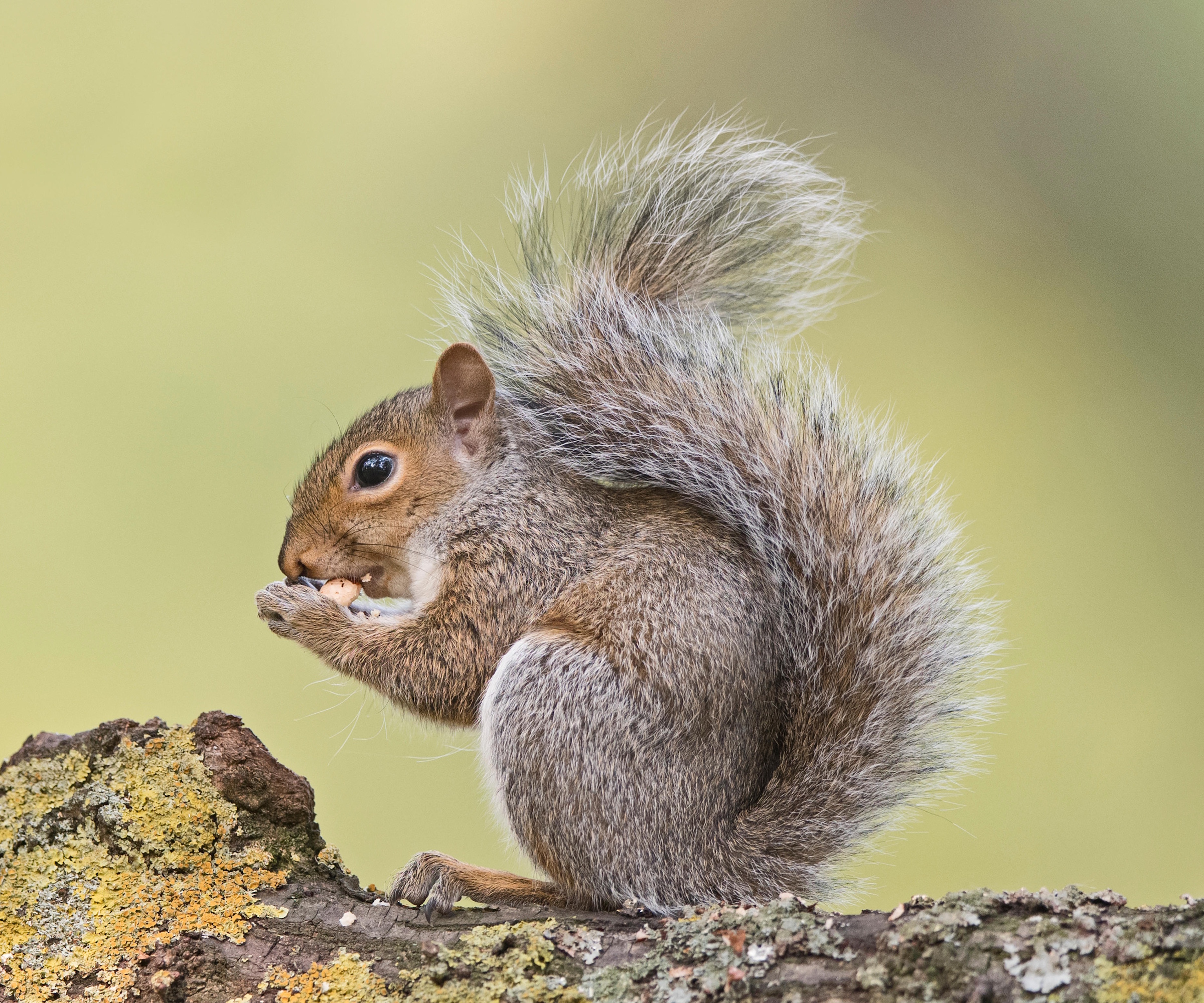
I already use garlic in the garden to stop slugs and snails from eating my young veg crops and my dahlias, but until recently I hadn’t thought of it as a squirrel repellent.
Thom Rutter, content editor at Homes & Gardens, and professional gardener, says: 'Garlic can be a powerful defence against pests and nuisance critters in the yard owing to its pungent scent that many animals cannot stand.'
As we know, however, squirrels are clever and persistent, and can adapt to certain scents. 'Garlic needs to be strong and reapplied every few days or after heavy rainfall, in order for it to be effective for the longer term,' Thom adds.
How to use garlic to repel squirrels
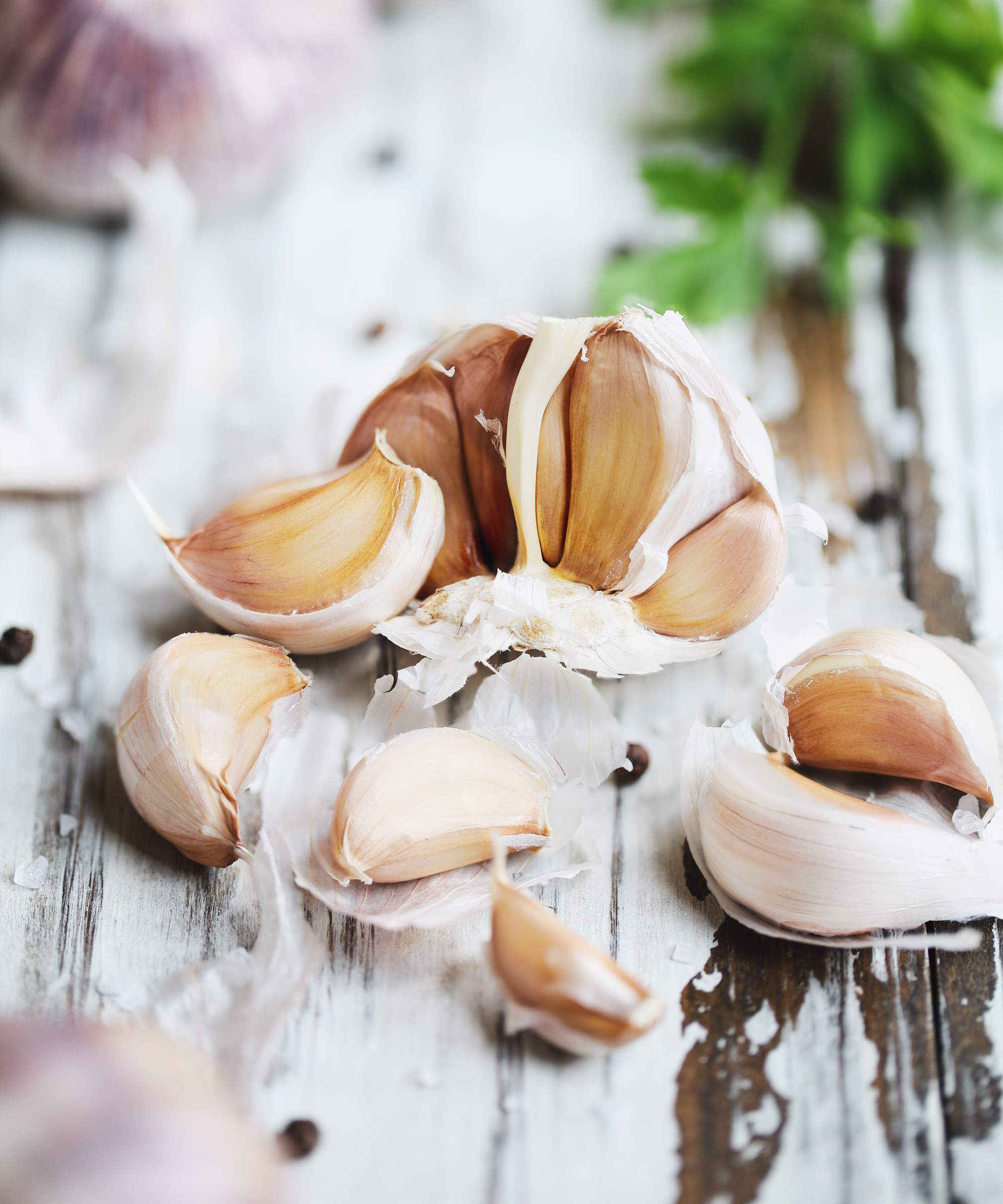
There are several, easy ways to use garlic in the yard as a squirrel deterrent.
Design expertise in your inbox – from inspiring decorating ideas and beautiful celebrity homes to practical gardening advice and shopping round-ups.
You can take whole cloves, crush them and sprinkle around the plants you want to protect.
I prefer to make a homemade garlic spray by steeping freeze-dried garlic and five cloves of fresh, sliced garlic in water. I simmer this for 10-15 minutes, then strain and decant into a spray bottle.
To add to the potency, you could add a pinch of cayenne pepper to deter squirrels or a spoonful of peppercorns to this mix.
You can also buy a pre-made garlic spray solution, such as this one from Amazon, which will do the job and is entirely fuss-free.
Other ways to use garlic to repel squirrels is to dust garlic powder around the base of your most at-risk plants. Just make sure to replace it after watering or heavy rainfall.
You can, of course, also companion plant your flowers and veggies with garlic, onions or allium bulbs.
To this end, one insider trick is to plant 'society garlic', as pro gardener Thom Rutter explains:
'Tulbaghia violacea, or society garlic, is a bit like a daintier agapanthus. While it has the same thick leaves and the same upright flower stems, it is all on a smaller, more delicate scale.
'And yes, it looks good, but the real benefit of growing society garlic is when used as a pest-repellent, with its strong garlic-like odor known to repel deer, rabbits and squirrels.
'Sure, it might not be foolproof, but it will help keep them at bay. Plant in full sun with well-drained soil, either in pots or borders, and enjoy a long season of showy flowers with added pest deterrent aroma.'
You can find live society garlic plants on Amazon.
Shop squirrel deterrents
Peppermint oil, such as this pre-mixed, peppermint spray, from Amazon, is also powerful for tackling rodents and insects.
It’s always worth trying a combination of natural methods (we also highly rate the solar ultrasonic repellent, from Amazon), so you can shore up a significant defence against these mischievous critters.
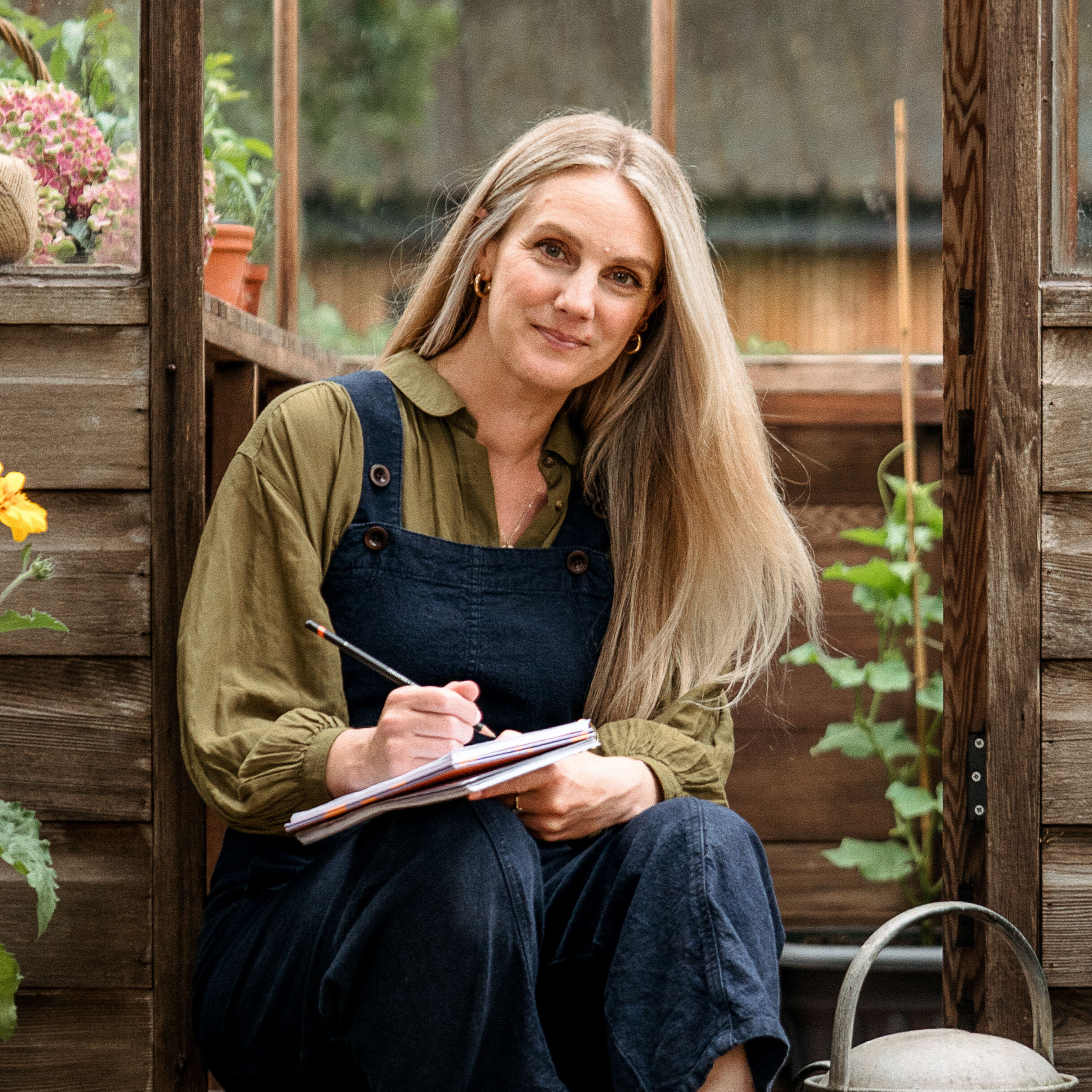
Rachel is a gardening editor, floral designer, flower grower and gardener. Her journalism career began on Country Living magazine, sparking a love of container gardening and wild planting. After several years as editor of floral art magazine The Flower Arranger, Rachel became a floral designer and stylist, before joining Homes & Gardens in 2023. She writes and presents the brand's weekly gardening and floristry social series Petals & Roots. An expert in cut flowers, she is particularly interested in sustainable gardening methods and growing flowers and herbs for wellbeing. Last summer, she was invited to Singapore to learn about the nation state's ambitious plan to create a city in nature, discovering a world of tropical planting and visionary urban horticulture.
You must confirm your public display name before commenting
Please logout and then login again, you will then be prompted to enter your display name.
